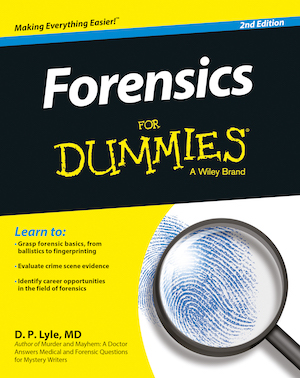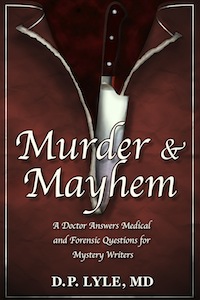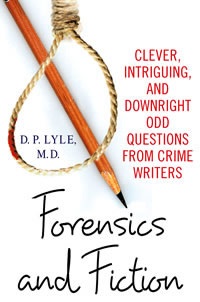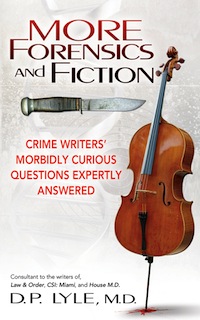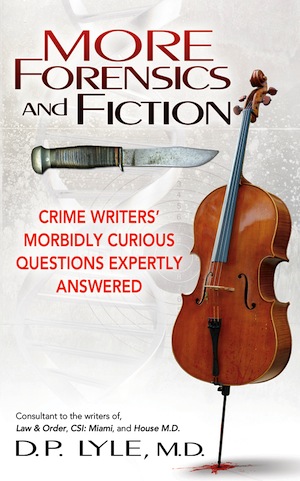
Arsenic has, over the centuries, garnered many colorful names. It was called the “queen of poisons” because it was so readily available, easy to use, highly effective, and untraceable. Thus, it was used by many famous historical poisoners. Some called it the “king of poisons” but since over the years, female killers have favored poisons, “queen” seems more apt. It was also called “inheritance powder,” for obvious reasons—-once the estate holder is dead and gone, the heirs can party down.
Arsenic is the nearly perfect poison. This was definitely true centuries ago when there was no way to trace it. But what about today, with modern toxicological techniques? Unfortunately, arsenic is still a pretty good choice for the poisoner. It’s not often looked for in unexplained deaths and its effects mimic many medical conditions, particularly neurological and gastrointestinal.
Back a couple of centuries ago, because of its common use, a method for finding arsenic in the dead or ill became an imperative. There were many steps along this path. This search for arsenic was essentially the beginning of forensic toxicology.
From HOWDUNNIT: FORENSICS
Arsenic had been a common poison for centuries, but there was no way to prove that arsenic was the culprit in a suspicious death. Scientists had to isolate and then identify arsenic trioxide—the most common toxic form of arsenic— in the human body before arsenic poisoning became a provable cause of death. The steps that led to a reliable test for arsenic are indicative of how many toxicological procedures developed.
1775: Swedish chemist Carl Wilhelm Scheele (1742–1786) showed that chlorine water would convert arsenic into arsenic acid. He then added metallic zinc and heated the mixture to release arsine gas. When this gas contacted a cold vessel, arsenic would collect on the vessel’s surface.
1787: Johann Metzger (1739–1805) showed that if arsenic were heated with char- coal, a shiny, black “arsenic mirror” would form on the charcoal’s surface.
1806: Valentine Rose discovered that arsenic could be uncovered in the human body. If the stomach contents of victims of arsenic poisoning are treated with potassium carbonate, calcium oxide, and nitric acid, arsenic trioxide results. This could then be tested and confirmed by Metzger’s test.
1813: French chemist Mathieu Joseph Bonaventure Orfila (1787–1853) devel- oped a method for isolating arsenic from dog tissues. He also published the first toxicological text, Traité des poisons (Treatise on Poison), which helped establish toxicology as a true science.
1821: Sevillas used similar techniques to find arsenic in the stomach and urine of individuals who had been poisoned. This is marked as the beginning of the field of forensic toxicology.
1836: Dr. Alfred Swaine Taylor (1806–1880) developed the first test for arsenic in human tissue. He taught chemistry at Grey’s Medical School in England and is credited with establishing the field of forensic toxicology as a medical specialty.
1836: James Marsh (1794–1846) developed an easier and more sensitive version of Metzger’s original test, in which the “arsenic mirror” was collected on a plate of glass or porcelain. The Marsh test became the standard, and its principles were the basis of the more modern method known as the Reinsch test, which we will look at later in this chapter.
As you can see, each step in developing a useful testing procedure for arsenic stands on what discoveries came before. That’s the way science works. Step by step, investigators use what others have discovered to discover even more.
I ran across an excellent article on the Marsh Test and it’s definitely worth a read. I can imagine when this was performed in the courtroom it did elicit a few gasps.
A few useful links:
http://www.dplylemd.com/book-details/howdunnit-forensics.html
http://www.atlasobscura.com/articles/marsh-test-arsenic-poisoning
http://www.huffingtonpost.com/sandra-hempel-/arsenic-the-nearperfect-m_b_4398140.html
http://www.dartmouth.edu/~toxmetal/arsenic/history.html


